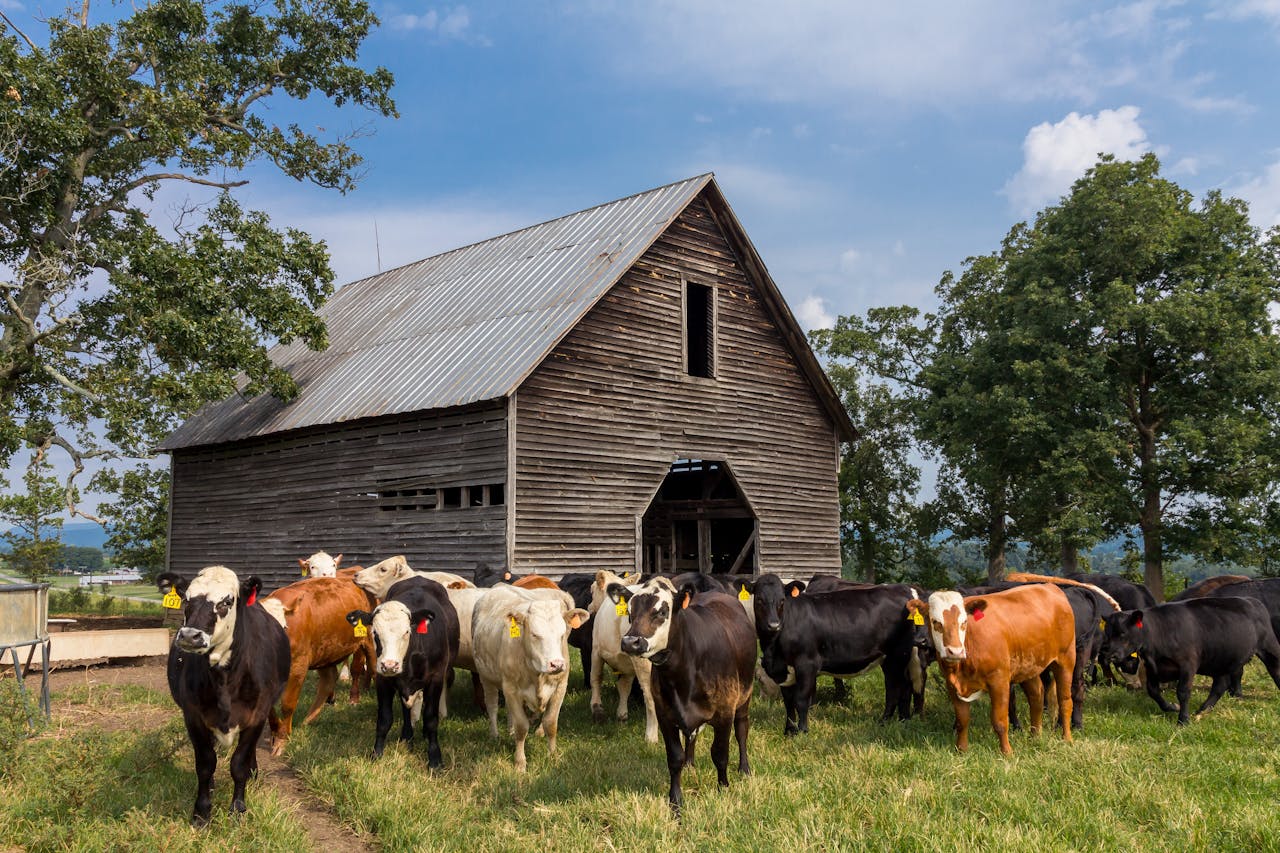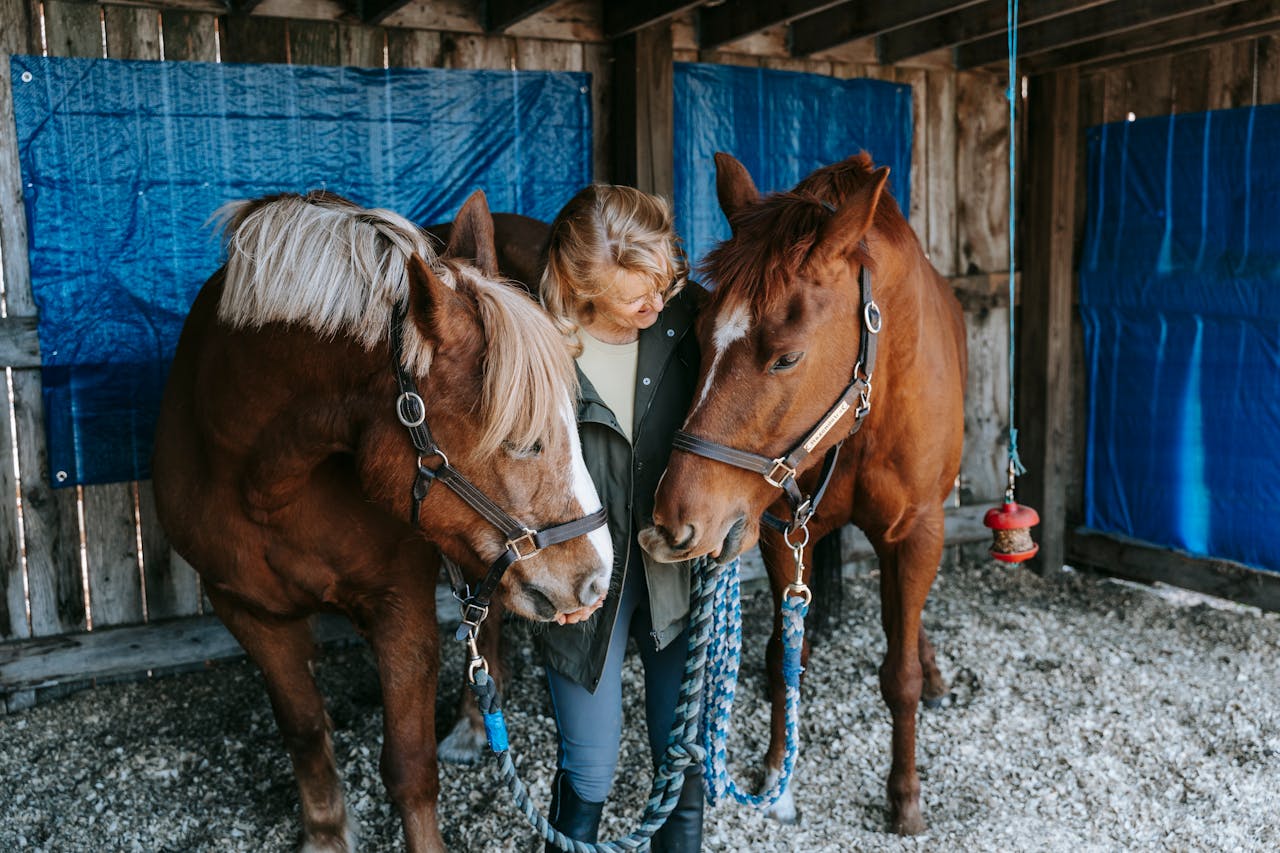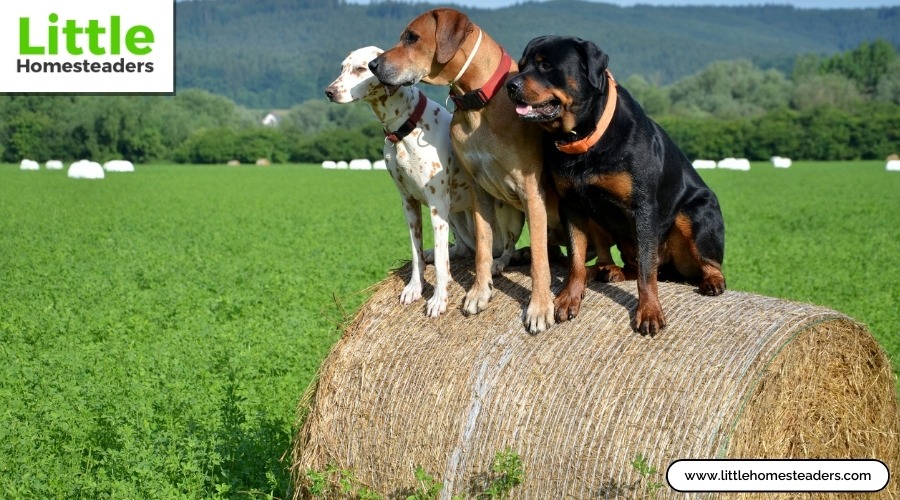Essential Tips for Effective Barn Management on a Homestead

Managing a barn is one of the most rewarding—and sometimes challenging—parts of running a homestead. It’s where everything comes together: the health of your animals, the efficiency of your workflow, and even the overall vibe of your farm. If your barn is organized and well-maintained, life feels easier. If it’s not, well, things can get messy pretty quickly.
The good news? It doesn’t take fancy systems or expensive tools to manage your barn effectively. What you need is a solid routine, some smart organizational strategies, and a focus on animal welfare. Let’s break it all down into practical, manageable steps to help you create a barn that works as hard as you do.
1. Establish a Daily Routine
Barn chores can feel endless, but having a daily routine makes everything more manageable. Start your day with the essentials: feeding your animals, checking their water, and doing a quick health check to ensure everything looks normal. Make it a habit to walk through your barn first thing in the morning and again in the evening to catch any issues early.
Grouping tasks together saves time. For example, while you’re feeding, take note of any animals that seem off or that aren’t eating. Combine this with cleaning water troughs and tidying up the area. If you can, use tools like automatic feeders or waterers—they’re lifesavers when you’re juggling a lot.
Animals thrive on routine, too. They’ll settle into the rhythm you create, which means less stress for them (and for you). Don’t forget to adjust your routine as the seasons change. Winter might mean extra time for thawing frozen water, while summer may require more attention to keeping the barn cool.
Above all, keep your routine realistic. Trying to do too much in one go will just burn you out. Focus on the tasks that truly matter each day, and save the bigger projects for when you have more time.
2. Optimize Storage Solutions
If you’ve ever wasted 10 minutes looking for a tool or misplaced a bag of feed, you know how frustrating a cluttered barn can be. Good storage isn’t about making everything perfect—it’s about making things easy to find and use.
Start by organizing your barn into zones. Keep feed, tools, and supplies in separate areas. Use shelves, hooks, and racks to take advantage of vertical space. For example, hang brooms and shovels on the wall instead of leaving them leaning in a corner. Store small tools and equipment in labeled bins so you’re not digging through piles every time you need something.
Weatherproof storage is a must, especially for feed and bedding. Moisture and pests can ruin supplies quickly, so use durable containers with secure lids. If you store hay, stack it in a dry, ventilated area to prevent mold.
Keeping track of your inventory is another game-changer. Running out of feed or medical supplies at a critical moment is stressful, so make it a habit to check stock levels regularly. A simple list or app can help you stay on top of what needs to be replenished.
3. Implement Effective Waste Management
Cleaning a barn is nobody’s favorite job, but it’s one of the most important. A clean barn means healthier animals and fewer headaches for you. Start by making waste removal a daily habit. Pick up manure and soiled bedding every morning and transport it to a composting area or manure pile.
If you’re not already composting barn waste, now’s the time to start. Composting turns manure and bedding into rich fertilizer for your garden or fields. Set up a designated area for composting—preferably downhill from the barn—and layer manure with carbon-rich materials like straw or wood shavings. Turn the pile every week or so to keep it aerated.
Designing your barn with waste removal in mind can make the whole process easier. Wide pathways and easy access points let you move wheelbarrows or carts without hassle. If you’re building or renovating a barn, consider creating a clear flow from stalls to the compost area.
4. Prioritize Animal Welfare

Your animals are at the heart of your homestead, so keeping them healthy and comfortable should always be a priority. Start by making sure their basic needs are met: clean water, good-quality feed, and shelter that protects them from the elements.
Every morning, take a few minutes to check on each animal. Look for signs of illness, like lethargy, unusual behavior, or injuries. The sooner you catch a problem, the easier it is to deal with. Keep a record of vaccinations, deworming, and other treatments to stay on top of their health.
The barn itself plays a big role in animal welfare. Make sure there’s enough space for each animal to move comfortably. Chickens, for example, need perches and nesting boxes, while cows and goats need areas to lie down without feeling cramped. Proper ventilation is also key—it keeps the barn from getting too stuffy and helps reduce the risk of respiratory issues.
Consistency matters here, too. Animals are creatures of habit, and a predictable daily routine can help reduce stress. When they’re well cared for, they’ll be happier and more productive, whether that means giving more milk, laying more eggs, or simply thriving in their environment.
5. Maintain Structural Integrity
A barn is a big investment, and regular maintenance is the best way to protect it. Make it a habit to inspect your barn regularly. Look for loose boards, leaks in the roof, or cracks in the foundation. These small issues can turn into big problems if left unchecked.
Ventilation is another area to watch closely. Poor airflow can lead to moisture buildup, which invites mold and pests. Check that windows, vents, and fans are working properly, and clear out any debris that might block airflow. In colder months, make sure your insulation is doing its job without causing dampness.
Don’t forget about the exterior of the barn, either. A quick rinse and repaint every few years can help protect it from weather damage. Clean out gutters and drainage systems to prevent water from pooling around the foundation.
6. Create Efficient Workflow Systems
A little organization can save you a lot of time. Map out your daily, weekly, and seasonal tasks, and create a system that works for your family. Use a whiteboard or clipboard to keep track of what needs to be done and who’s responsible for it.
Delegating tasks is a great way to get the whole family involved. Younger kids can help with simple chores like collecting eggs or sweeping floors, while older kids and adults can handle more complex tasks like feeding livestock or repairing fences. Everyone feels more invested when they have a role to play.
Flexibility is key here. Things don’t always go according to plan, so your system should allow for changes. Unexpected weather, an animal emergency, or even just a busy week can throw things off. Adjust as needed and keep moving forward.
7. Monitor Environmental Conditions
The environment inside your barn affects everything from animal health to your own comfort while working. Keep an eye on temperature, humidity, and air quality to ensure your barn is a safe space for everyone.
Invest in basic tools like thermometers and hygrometers to track conditions. If ammonia levels are a concern, consider installing an air quality sensor. Good ventilation is your first line of defense against moisture and odors. Open windows, install fans or add vents as needed to keep air moving.
Seasonal changes bring their own challenges. In summer, make sure your animals have shade and plenty of water. In winter, insulate the barn to keep it warm, but don’t block airflow. Your goal is to maintain a stable, comfortable environment year-round.
8. Develop Emergency Preparedness Plans
Emergencies happen, and being prepared can make all the difference. Whether it’s a fire, flood, or severe weather, having a plan in place ensures you can act quickly when needed.
Start with an evacuation plan for your animals. Identify safe locations where they can be moved and have transport options ready. Keep a stash of emergency supplies, including extra feed, water, medical kits, and a generator if possible.
Train your family in basic first aid for animals and practice your emergency plans. The more familiar everyone is with what to do, the less chaotic things will be when something unexpected happens. Building a network with nearby farms or neighbors can also provide valuable support during a crisis.
Conclusion
Managing a barn is a big responsibility, but it doesn’t have to be overwhelming. By setting up a routine, staying organized, and focusing on the needs of your animals, you can create a system that works for you and your homestead. Start small—maybe by tackling just one of these tips—and build from there. Over time, these small changes will add up, making your barn a place that’s not just functional but a joy to work in.
Homesteading is all about finding balance, and with a little effort, you’ll find your groove. Your animals will thrive, your workflow will improve, and you’ll feel proud of the barn you’ve built. Now, it’s time to roll up your sleeves and get started!




